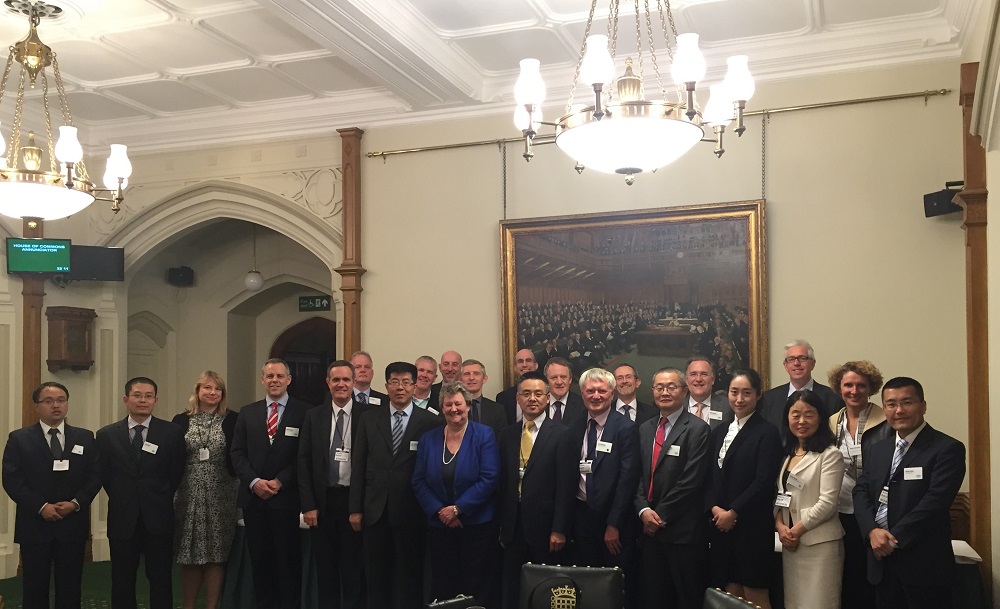Chinese VIPs Tour Europe in Supply Chain Learnings Drive
22nd June 2016

As part of its review of supply chain development and efficiency opportunities, representatives of the Peoples Republic of Chinas Ministry of Commerce (MOFCOM) toured European facilities of leading food retailers, manufacturers, supply chain solution providers and industry groups in May to see how fresh and ambient supply chains are organized in Europe.
Among the European hosts and participants were: retailers ASDA, Carrefour, SPAR and Waitrose; manufacturers Nestlé, Coca-Cola, P&G and LOreal; and services providers CHEP, IFCO, DHL, IGD and the Lean Enterprise Institute. Arriving from China for the tour were representatives of MOFCOM and its research institute the Chinese Academy of International Trade & Economic Cooperation (CAITEC). Leading the delegation was Mr Gu Xueming, President of CAITEC.
Mr Gu said: We greatly value the strong collaboration and business relationships between China and Europe. As the rapid and steady development of Chinas economy continues, we are taking steps to ensure the long-term efficiency and sustainability of our supply chain. This tour forms an important part of those efforts.
We are very pleased to have this opportunity to meet with European industry leaders, and see first-hand successful practices that we could apply in China. This business tour will further drive the collaboration between China and these multinational companies as well as their long term development in China since many of these companies are also well-established in China.
The grocery supply chain in China faces a myriad of barriers to efficiency improvement, including fragmented logistics, rising labour costs and a lack of consistent enabling infrastructure and standards. Vehicles are under-utilized, resulting in higher costs; trailers are manually loaded with limited palletization, to maximise the available space at the expense of efficient product-handling and packaging; and loading/unloading times are unpredictable. However, because of Chinas strong growth and status as one of the worlds two largest economies, significant benefits will come from any improvements in supply chain efficiency.
The European participants in the tour highlighted critical components used in each part of the supply chain, including: the standardization of platforms, trucks and equipment; investments in forecasting and ordering systems; and lean inventory management. The result is better availability for customers with less impact to profit and the planet.
Peter Mackie, Group President, CHEP, said: We welcomed the chance to demonstrate ways in which standardized pallets and containers benefit the entire supply chain from fresh produce growers and packers to retailers and consumers. Increased efficiency at lower overall supply chain costs can be realized with the right organization, equipment and training.
The desired outcome of the tour was to further explore elements of the European supply chain that could be applied in the Chinese context in order to streamline the supply chain and lower logistics costs. Of particular focus were: dedicated loading bays and standardised pallets, container management systems and trucks.

